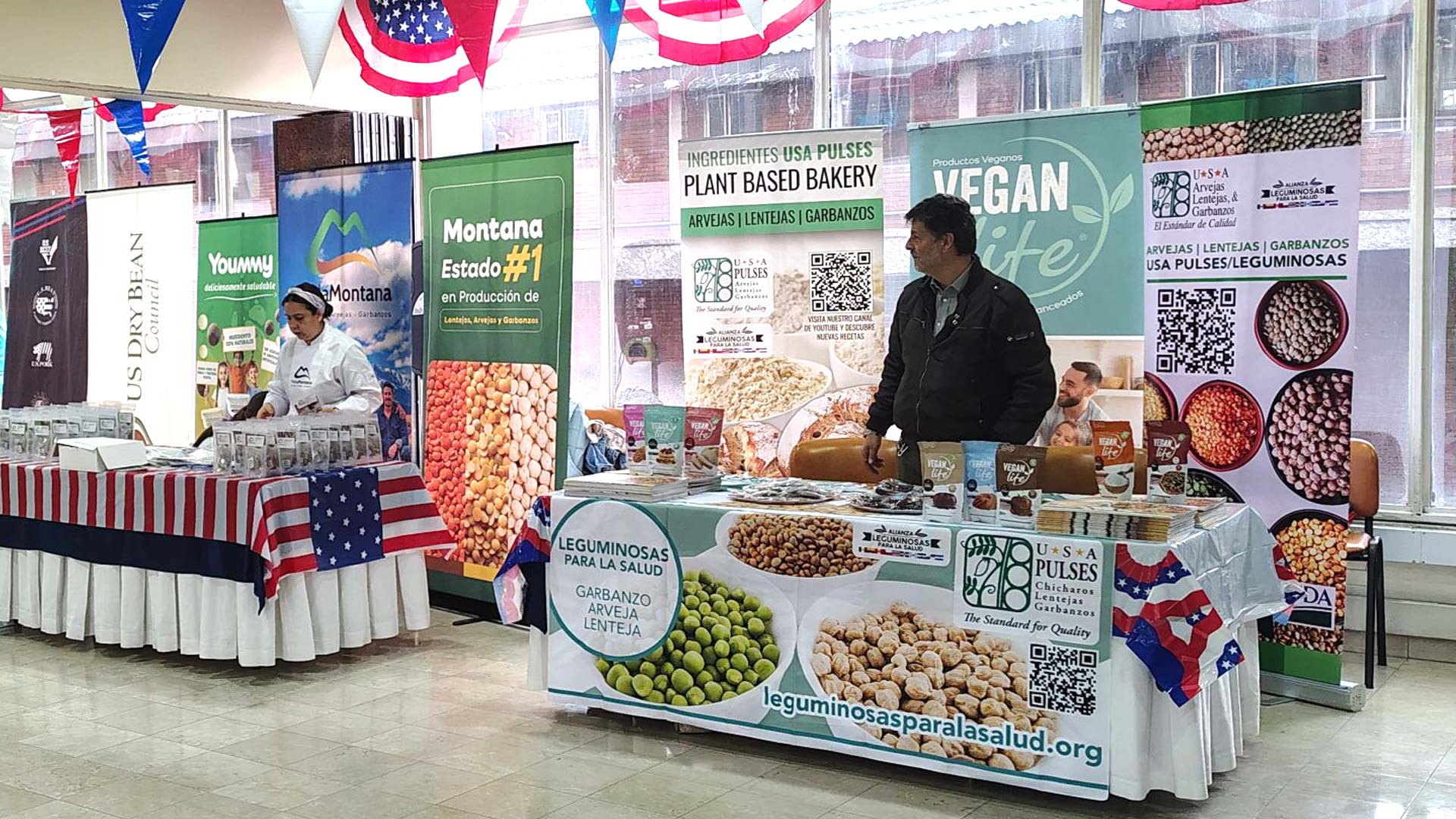
2025-04-22
US Top U.S. Value-Added Food Exports for the Retail Sector up to date
According to the USDA's 2023 Agricultural Export Yearbook, the United States exported a record $14.73 billion in processed food products, marking the third consecutive year of growth. Canada and Mexico were the leading markets, accounting for 57% of these exports. USDA Foreign Agricultural Service
Here are the top categories of U.S. value-added food exports:
- Bakery Goods, Cereals & Pasta – $4.3 billion
- Food Preparations – $5.4 billion
- Condiments & Sauces – $2.3 billion
- Confectionery Products – $838 million
- Chocolate & Cocoa Products – $1.2 billion
- Processed Fruits & Vegetables – $3.1 billion
- Snack Foods – $2.0 billion
- Fruit & Vegetable Juices – $1.1 billion
- Dairy Products – $6.66 billion
- Pet Foods – $1.3 billion
Wikipedia+6 USDA Foreign Agricultural Service+6 USDA Foreign Agricultural Service+6 Wikipedia+2 athenaintl.com+2 USDA Foreign Agricultural Service+2 foodexport.org+1 Wikipedia+1
These categories reflect the diverse range of high-quality, ready-to-consume products that the U.S. offers to international retail markets.
📈 Effective Marketing Strategies to Boost Sales in the Retail Sector
To enhance sales volume in the value-added food export segment, consider the following strategies:
1. Market Research and Analysis
- Identify Target Markets: Research and analyze potential markets where your products would be in demand. Consider factors like consumer behavior, cultural trends, and purchasing power.
- Understand Market Trends: Stay updated on trends in the food industry, such as organic products, plant-based options, and sustainable practices.
- Competitive Analysis: Examine competitors in your target markets, including their pricing strategies, product offerings, and distribution channels. Manager's Office
2. Regulatory Compliance
- Export Regulations: Familiarize yourself with export regulations in your country and import regulations in the target market. This includes food safety standards, labeling requirements, and tariffs.
- Quality Standards: Ensure your products meet quality standards and certifications required in the target market. This may include organic certifications, non-GMO verification, and food safety certifications (e.g., HACCP, ISO). Manager's Office
3. Product Adaptation
- Consider Local Preferences: Adapt your products to fit the tastes and preferences of the local market, which could involve altering recipes, packaging, and marketing messages.
- Packaging and Labeling: Design packaging that complies with local regulations and is appealing to consumers in the target market. Manager's Office
4. Logistics and Supply Chain Management
- Distribution Channels: Identify and establish efficient distribution channels to ensure timely delivery of products. This could include partnerships with local distributors, e-commerce platforms, or retail partnerships.
- Shipping and Handling: Plan the logistics of exporting food products, including refrigeration and handling requirements to maintain product quality during transit. Manager's Office
5. Marketing and Promotion
- Digital Marketing and Social Media Engagement: Utilize online platforms to reach consumers directly, allowing for targeted advertising, customer interaction, and brand promotion.
- In-Store Promotions and Sampling: Collaborate with retailers to offer promotions, discounts, or product samples to encourage trial and repeat purchases.
- Participation in Trade Shows and Exhibitions: Showcase products at international trade events to gain exposure to potential buyers and partners, facilitating market entry and expansion. s-ge.com+2Manager's Office+2mrtfoods.com+2
6. Leveraging Government Programs
Market Access Program (MAP): Engage with programs like the USDA's MAP, which provides financial assistance for marketing activities, helping to offset costs and expand reach.
By implementing these strategies, U.S. exporters can effectively increase their presence and sales in the international retail food sector, meeting the growing global demand for high-quality, value-added food products.
If you need further details on specific markets or assistance with developing a tailored marketing plan, feel free to ask.



